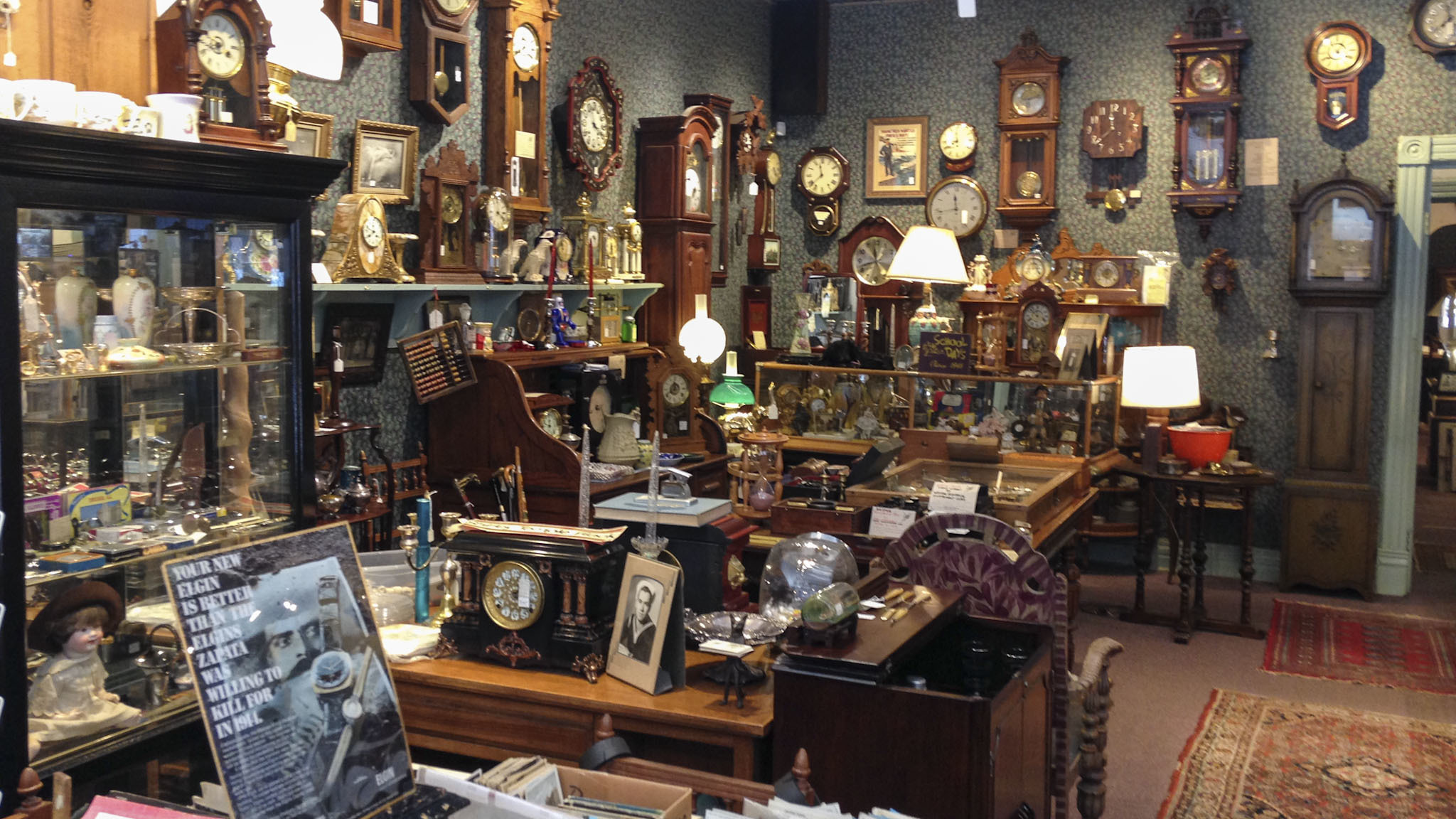Starting Your Small Antique Shop

The contractor is on its second day doing the basement finishing touches in your home in Utah. Since the kids have left the house and you’re about to retire soon. You’re preparing for alternate sources of income stream. The work going on downstairs is to convert it to an income property.
But you have also been considering another business venture which you can probably do if you re-purpose your garage or build a small shack in your backyard. Over the years, you’ve accumulated some antique pieces, from wall clocks to vase to manual coffee grinders. You haven’t hoarded enough for Mike and Frank of the show Pickers, to suddenly show up on your front door. But you do have enough. The kids have signified what they wanted to keep and have shown no interest in the others. It’s time for other people to enjoy your antiques. How does one engage in buying or selling antiques as a small business?
Antiques and Collectibles Overview
To gain insight into how much antique and collectible items are moving in the market, you can check how the online industry is doing. IBIS reports that the online antique sector earned a total revenue of about $1 billion. The growth rate is an astonishing 5.9% annually for the past five years. The number of businesses is just fewer than 8,100, which is also on an uptrend.
These figures suggest that while people are selling their antiques, someone else is ready to pounce and buy.
There’s Gold in Old
It used to be that only well-known expensive auction houses can engage in the business of buying and selling antiques. Today, “pickers” and other enterprising individuals can quickly join the fray of selling antiques. Here are more things you need to know:
- Buying low. If you’re also buying and then selling in your store or online, then naturally, the critical step to take is to source out places where there are bargain finds. eBay is an option, but you don’t necessarily have the ways to verify the item physically. But you can find solid items on eBay which you can sell for a profit. Rummaging through items in flea markets or garage sale is also an excellent way to go.
- Spotting rarity. Taking a page from the ways of high-end auction houses, if you are looking to buy something, try to figure out how rare the item is. It might be an insignificant item to ordinary people, but if a collector finds it to be limited, you might have a buyer.
- Insurance. Now that you’re going to business with your items plus others that you will buy to add to your collection, your total collection is now a more asset. People will come and go to your shop. Some are serious buyers or collectors, but others might just be casing your place and planning a robbery. Getting an insurance policy would be a wise move.
- Sell online. Augment your at-home business with an online presence. You will widen your audience not just within the US but most likely around the world. A key thing to note is that you need to plan your pricing to include shipping and handling costs carefully. This might sound complicated in the beginning, but it’s something that you need to put in the pipeline.
You will need to do marketing. You will incur certain expenses for this small business venture of yours. That’s why you must draw a business plan, which should contain your financial and overall business strategies.